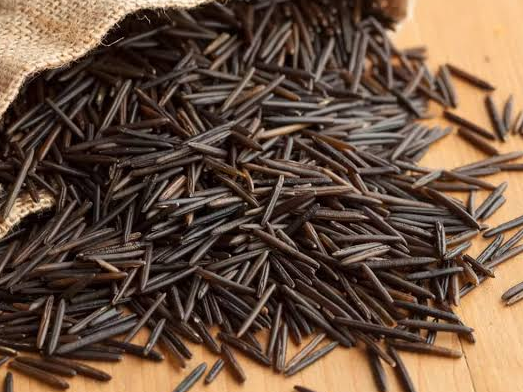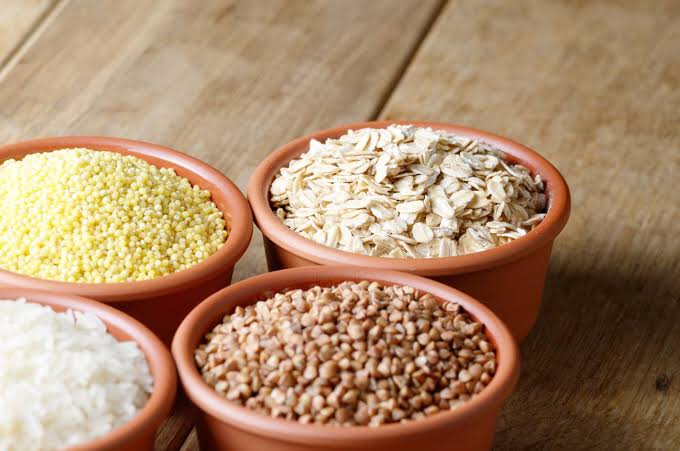6 high-protein grains to add to your pantry, according to a dietitian:
- Quinoa is a complete protein, meaning it contains all nine essential amino acids. It is also a good source of fiber, iron, and magnesium. Quinoa can be cooked and eaten on its own, or used in salads, soups, and stews.

- Wild rice is not actually a rice, but a grass. It is a good source of protein, fiber, and manganese. Wild rice can be cooked and eaten on its own, or used in pilafs, salads, and soups.

- Amaranth is another complete protein. It is also a good source of fiber, magnesium, and phosphorus. Amaranth can be cooked and eaten on its own, or used in cereals, breads, and tortillas.

- Sorghum is a good source of protein, fiber, and iron. It can be cooked and eaten on its own, or used in flour, grits, and couscous.

- Teff is the smallest grain in the world. It is a good source of protein, fiber, and calcium. Teff can be cooked and eaten on its own, or used in flour, injera (a traditional Ethiopian flatbread), and crackers.

- Farro is an ancient grain that is high in protein, fiber, and iron. It can be cooked and eaten on its own, or used in salads, soups, and stews.

These are just a few of the many high-protein grains that you can add to your pantry. By including these grains in your diet, you can boost your protein intake and improve your overall health.

